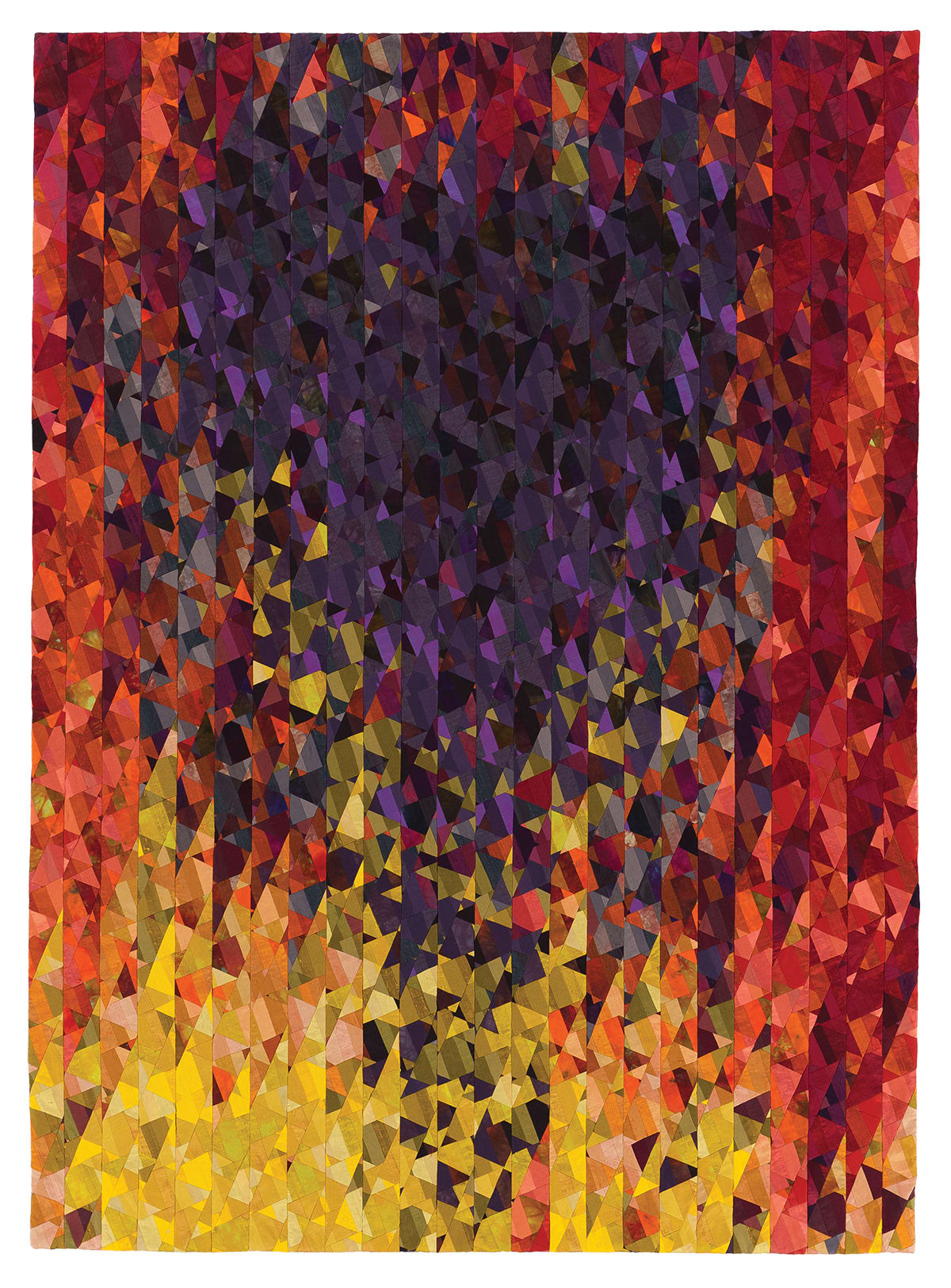
Quilts of Emotion
Dec 4, 2020 - March 27, 2021

Sewing is ageless. The act of using a needle and thread to join two pieces of cloth together stretches back centuries. For some, sewing will always be associated with enforced tedium and drudgery, but for many, stitching has provided space for entertainment and friendship or time for meditation, reflection, and consolation. Quilting offers makers a chance to share happy times with others and to come together as an act of friendship or through a common cause. Some find refuge in their solitary sewing releasing them for a few hours from other tasks.
This exhibition will not offer the viewer a cohesive collection of quilts connected by a common style, color, technique or provenance. What unites the work here are the emotions to be explored within them. Makers have rarely recorded the benefits they derived from the act of sewing, but they are stitched into each piece seen here. However, interspersed throughout the gallery are some selected quotations from other makers that suggest the range of the emotions imbedded in the stitches.
We invite you to view the exhibition and discover the emotions that can be experienced on three separate levels. The makers were driven by a variety of feelings to begin their projects, and their thoughts and musings evolved while they worked. As they sewed, they valued the time that allowed them to be sociable or the peace when they quietly stitched. The finished pieces now evoke a response from the viewer who is drawn to the design and color or touched by the stories behind their making.
The quilts in this exhibition are from the International Quilt Museum’s Permanent Collection